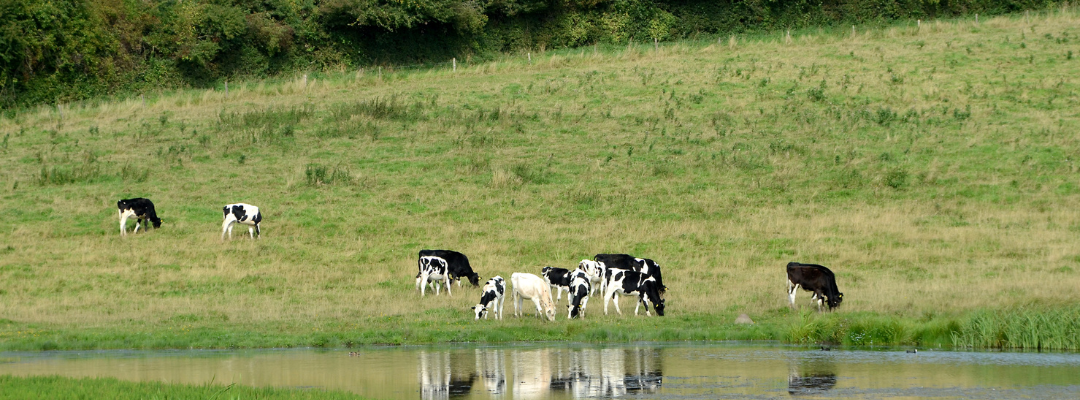In the areas of the Southern U.S. that received adequate rainfall this spring and summer, grazing warm-season annual forages have remained an economically viable option for many.
A warm-season annual forage mix was planted on April 20th containing several species (Sorghum-Sudangrass, Pearl Millet, Forage Sorghum, Cowpeas, Sunn Hemp, etc.). It received 50 pounds of nitrogen (N) fertilizer in one application after planting. Stocker steers weighing 625 lbs. began grazing on June 5th and are expected to graze for 120 days, finishing around October 5th. During the growing season, forage quality was tested at 65% total digestible nutrients (TDN) and 15% crude protein (CP).
The following are our expectations for our warm-season annual forage mix:
- Forage Production: 8,000 DM lbs./acre,
- Level of Forage Utilization: 40%
- Production Costs: $175/acre
The table below provides a detailed view of the variables and equations used to determine the total cost of growing and grazing a warm-season annual forage mix per dry matter ton consumed. The resulting total cost of growing and grazing warm-season annual forages was $109/DM ton consumed.

It’s important when making the comparison to other feedstuffs, such as Soyhulls (77% TDN, 13% CP, $255/ton) or Corn Gluten (80% TDN, 22% CP, $260/ton) to factor in the cost to store, mix, and feed, as well as any waste that occurs.
For those that have the resources and management to grow and graze warm-season annual forages, I don’t think there are any readily available feedstuffs that can compete. Every ranch is different. Play with the numbers and see if grazing warm-season annual forages will work for your operation.
Prevatt, Chris. “Grazing Stocker Cattle on Warm-Season Annual Forages“. Southern Ag Today 2(34.2). August 16, 2022. Permalink

